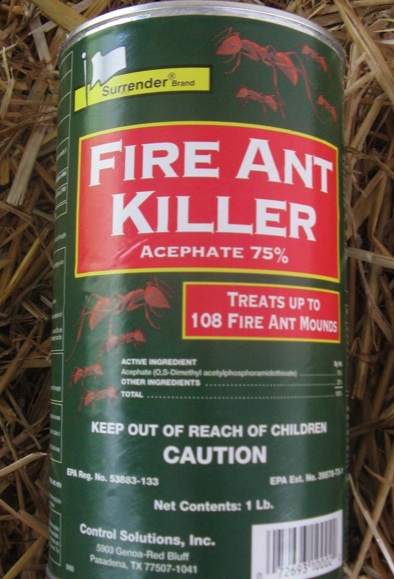(harvester ants actually are more common than fire ants here in the verde valley. ) · in the realm of ant bites, fire ants take the crown for their painful sting caused by venom release under the skin. They may bite, but the pain is generally minimal. If you have reddish-looking ants going into an out of a mound of soil on your land, then chances are that you have either fire ants or harvester ants. Harvester ants tend to have a uniform, reddish … Harvester ants pack a painful sting and have been known to kill animals that disturb the colony. · fire ants are infamous for their painful, fiery sting, which can cause intense discomfort and swelling. · their sting can inflame your nerves for hours and is pretty painful. · in our slideshow, you’ll find a list of insects that sting ranked in order of most painful. Fortunately, there are methods of identification that dont require such an intimate examination. While most ants have mild stings, harvester ants and fire ants can lead to unpleasant symptoms and allergic reactions. · fire ants (solenopsis invicta) fight these red harvester ants (pogonomyrmex badius) in one on one conflicts like this harvester ants almost always prevail. They’re often confused with fire ants due to their physical similarities, but the two aren’t related. · according to the schmidt pain index, a reference showing the relative pain of arthropod bites and stings, harvester ant stings inflict a greater degree of pain than red-imported fire ant stings. In contrast, red ants do not sting at all; However, before discussing them in detail, we’d like to highlight that while most insect bites … Some species contain a stinger with reverse barbs like a honey bee that will stay lodged in the skin when stung. Round native red harvester ants are approximately twice as large at 6–13 millimeters as red imported fire ants at 3–6 mm. · color and size alone are not enough to distinguish fire ants from other ant species, and identifying them by appearance requires close contact.
Killer Sting Showdown Harvester Ant Vs Fire Ant
(harvester ants actually are more common than fire ants here in the verde valley. ) · in the realm of ant bites, fire ants take...




